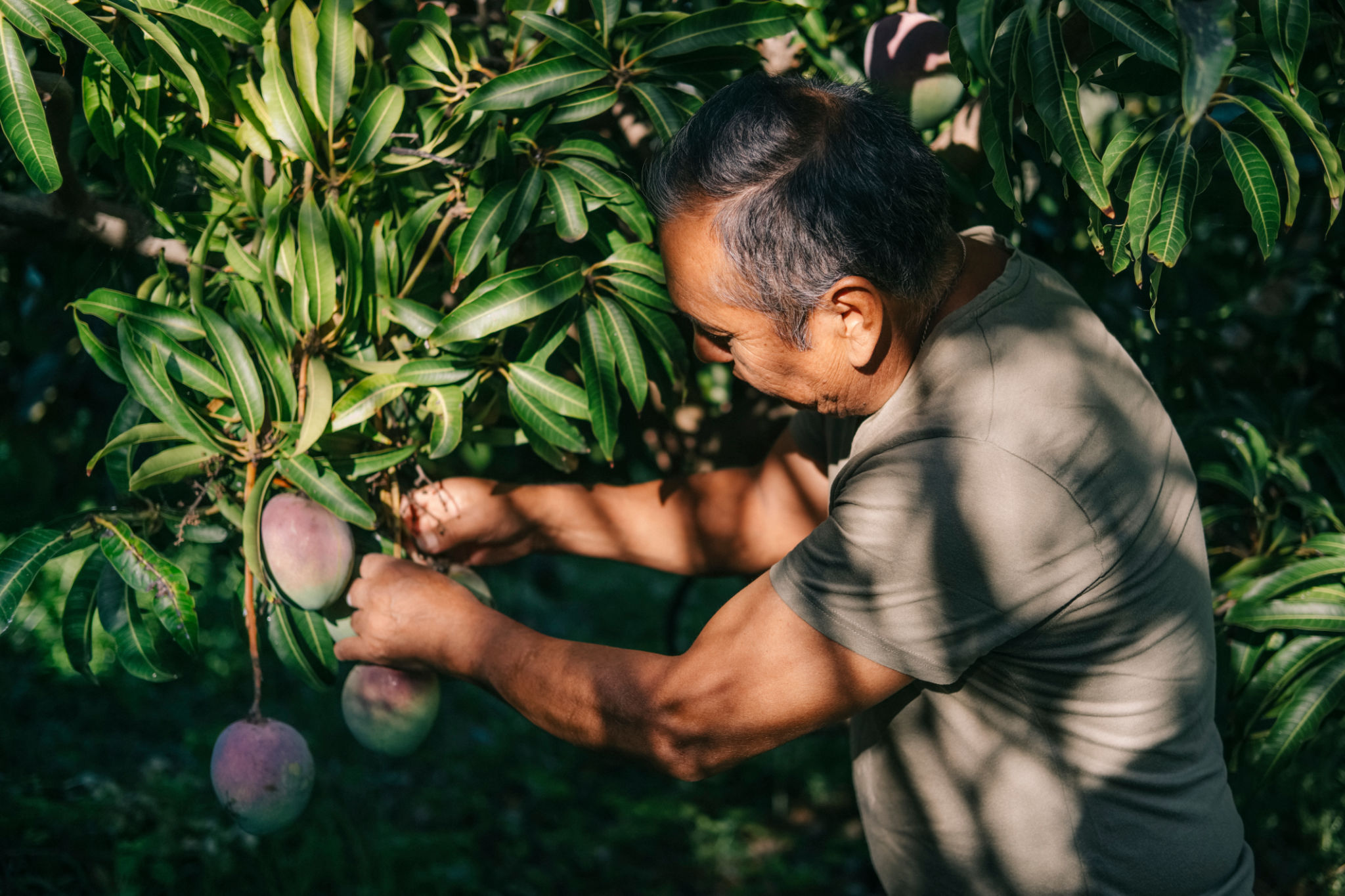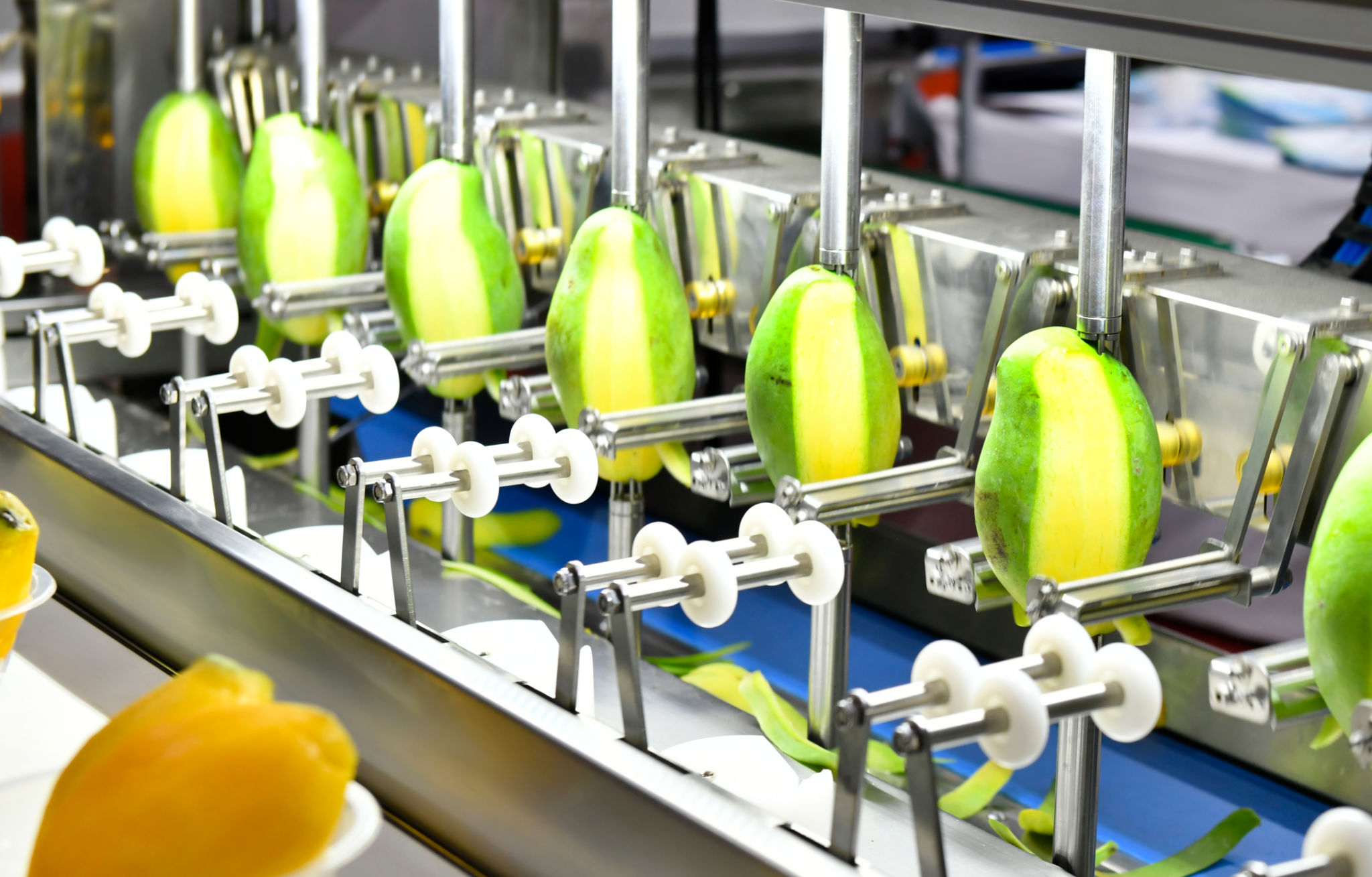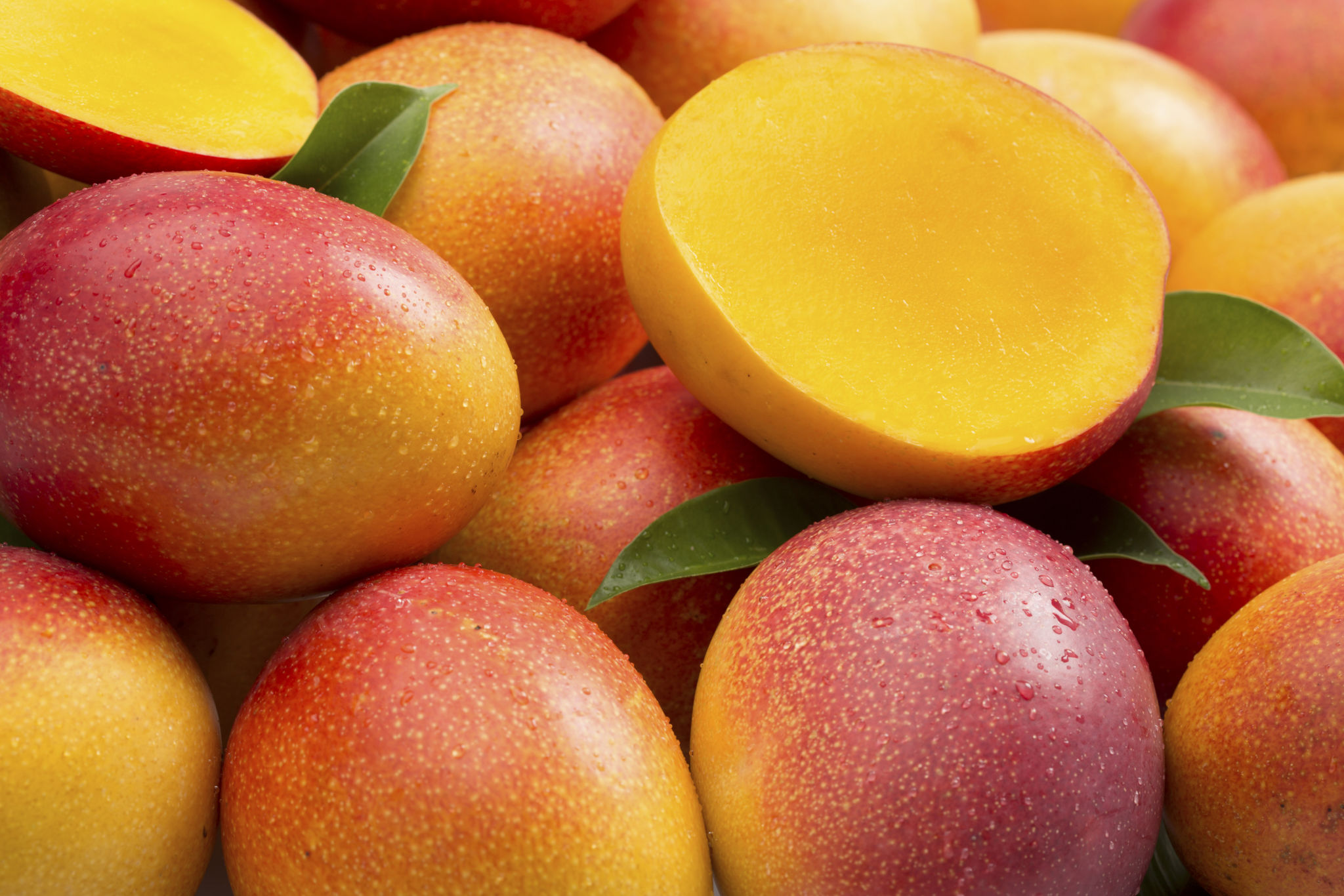The Journey of Peruvian Mangoes: From Farm to Global Markets
The Origins of Peruvian Mangoes
Peru, a country known for its rich agricultural heritage, cultivates some of the world's finest mangoes. The warm climate, fertile soil, and abundant sunshine create the perfect conditions for growing this tropical fruit. The mangoes from Peru are celebrated for their sweet flavor, vibrant color, and juicy texture, making them a favorite among fruit enthusiasts worldwide.
Peruvian farmers have been cultivating mangoes for several generations, mastering techniques that enhance both yield and quality. The main varieties grown include the Kent, Haden, and Tommy Atkins, each with its unique characteristics and taste profile. These mangoes are primarily grown in the northern regions of Peru, where the environmental conditions are ideal for their production.

Harvesting and Processing
The journey of Peruvian mangoes begins in the orchards, where skilled farmers carefully monitor the ripening process. Harvesting is a meticulous task, performed by hand to ensure that each mango is picked at the peak of ripeness. This attention to detail preserves the fruit's quality and flavor, setting the stage for its journey to international markets.
Once harvested, the mangoes undergo a series of processing steps to prepare them for export. They are washed, sorted, and graded based on size and quality. Advanced packing techniques are employed to protect the fruit during transit, ensuring that they arrive at their destination in perfect condition.

Exportation and Global Reach
Peru has established itself as a major exporter of mangoes, with shipments reaching markets across North America, Europe, and Asia. The country's strategic location allows for efficient distribution channels, reducing transit times and maintaining the freshness of the fruit. The export process is supported by stringent quality control measures that comply with international standards.
The demand for Peruvian mangoes is driven by their exceptional taste and quality. Importers and consumers alike appreciate the product's reliability and consistent availability throughout the year. This global reach has bolstered Peru's reputation as a top player in the international mango market.

Sustainability and Community Impact
Beyond their economic contribution, Peruvian mangoes play a significant role in local communities. The industry provides employment opportunities for thousands of workers, supporting families and boosting regional economies. Many farms adhere to sustainable farming practices, focusing on environmental conservation and resource management.
Efforts are also being made to enhance social responsibility within the industry. Initiatives such as fair trade certification ensure that workers receive fair wages and work in safe conditions. These practices contribute to the overall well-being of communities involved in mango production.
The Future of Peruvian Mangoes
The future looks bright for Peruvian mangoes as the industry continues to innovate and adapt to changing market demands. Research and development are underway to improve crop yields, pest resistance, and fruit quality. These advancements will help Peru maintain its competitive edge in the global market.
As consumer preferences evolve, there is a growing interest in organic and sustainably produced mangoes. Peruvian producers are responding to this trend by expanding their organic offerings and implementing eco-friendly practices. This commitment to sustainability ensures that Peru will remain a key player in the international mango trade for years to come.
